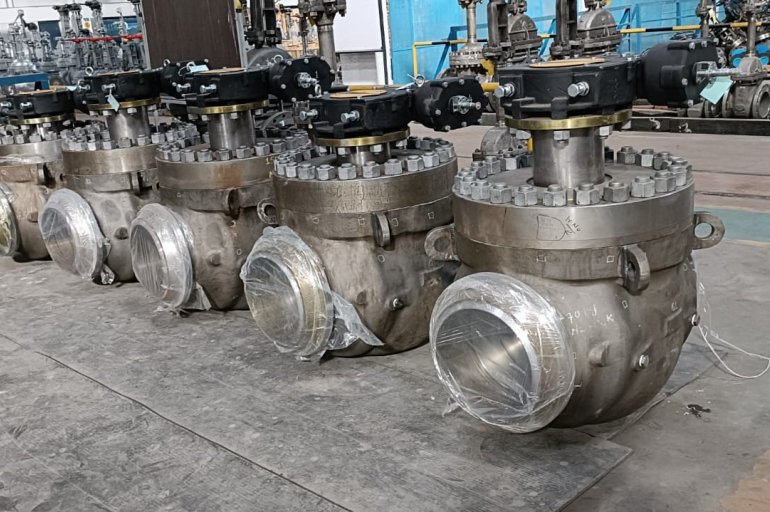LNG Ball Valve: Everything you need to know

Liquefied natural gas (LNG) has become an increasingly popular source of energy in recent years due to its low environmental impact and high energy density. However, transporting, storing, and processing LNG requires specialised equipment, including LNG ball valves. In this blog post, we will explore everything you need to know about LNG ball valves, including their construction, operation, and applications.
What is an LNG ball valve?
An LNG ball valve is a type of valve used to control the flow of LNG through pipelines and tanks. The valve consists of a hollow ball with a hole (bore) through its centre, which is attached to a valve stem. When the ball is rotated to align with the pipeline or tank, the flow is allowed to pass through, and when the ball is rotated 90 degrees, the flow is shut off. LNG ball valves are critical components in LNG facilities that help ensure safe and efficient operation. These valves are designed to withstand the extreme temperatures and pressures of LNG, and they offer several advantages over other types of valves. They are designed to withstand extreme temperatures and pressures and offer several advantages over other types of valves. If you are involved in the LNG industry, understanding the construction, operation, and applications of LNG ball valves is essential for ensuring the safe and efficient operation of your facility.
Types of LNG ball valves
There are two types of LNG ball valves: floating ball valves and trunnion-mounted ball valves. Floating ball valves are designed with a floating ball that is not fixed to the valve stem, while trunnion-mounted ball valves have a fixed ball that rotates on two supports called trunnions. The type of ball valve used depends on the specific application and the size of the valve required. You can find all types of LNG ball valves available at the LNG Ball Manufacturer online at the best prices.
Materials used to make LNG ball valves
LNG ball valves are made from materials that can withstand low temperatures and high pressures. The body of the valve is usually made from carbon steel, stainless steel, or duplex stainless steel, while the ball and stem are typically made from stainless steel or alloy steel. The seals are made from materials such as PTFE
How does an LNG ball valve work?
Reliable LNG Ball manufacturers take care of each and everything and look closely at its working, so there are no issues in the future. An LNG ball valve works by using a rotating ball with a bore that is turned by an actuator. When the ball is in the open position, LNG can flow through the valve, and when the ball is in the closed position, the flow is stopped. The ball is sealed against the valve body using a seal, which prevents LNG from leaking out.
Advantages of LNG ball valves
LNG ball valves offer several advantages over other types of valves, including quick and easy operation, tight shut-off, low torque requirements, minimal maintenance, long service life, and high flow capacity. These features make them an ideal choice for use in LNG production facilities, transportation pipelines, storage tanks, regasification plants, and fueling stations.
Applications of LNG ball valves
LNG ball valves are used in various applications, including LNG production facilities, transportation pipelines, storage tanks, regasification plants, and fueling stations. They are critical components in LNG facilities that help ensure safe and efficient operation. It is also used in LNG production facilities, LNG transportation pipelines, LNG storage tanks, LNG regasification plants, LNG fueling stations, etc.
Conclusion
In conclusion, LNG ball valves play a crucial role in the safe and efficient transportation, storage, and processing of LNG. Buy LNG Ball valves from Oswal Industries Ltd, if looking for Top LNG Ball valves manufacturers across the globe. Seal the best deal with us and use it in your required area of application.
